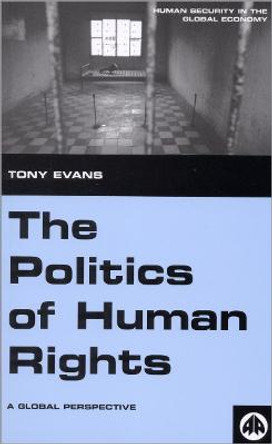Description
Political Graffiti and Global Human Rights: Take Another Look examines the role of political graffiti in the public spaces of Northern Ireland and occupied Palestine, highlighting the ways in which oppressed communities utilize this form of expression to convey resistance, foster community support, preserve the memory of armed struggle, and assert their presence. By drawing a comparative analysis between Northern Ireland and Palestine, Philip Hopper and Evan Renfro argue that while the peace process has made progress in Northern Ireland, it has not been successful in Palestine. They assert that the disparities in political graffiti between the two regions are not solely attributable to geographical, historical, and political differences, but also to the varying degrees of success in resolving long-standing conflicts and the communities' ability to remember or forget past atrocities.
In addition to exploring the themes, symbols, inspirations, and authors behind wall art, this book delves into the evolution of the meaning of political graffiti over time, and critically examines the notion of who holds the privilege of creating politically themed art deemed to be in "good taste."
About the Author
Philip Hopper is associate professor in the communications department at the University of Northern Iowa.
Evan Renfro is associate professor of political science at the University of Northern Iowa.
Reviews
This book breaks new ground in understanding political graffiti in terms of art, political messaging, and human rights. The authors argue that the presence or absence of a peace process makes a difference in the form and substance of political graffiti. It is well worth reading.
-- David Forsythe, University of Nebraska-LincolnIn Political Graffiti and Global Human Rights, Hopper and Renfro have produced an ambitious and insightful piece of activist driven, scholarly work. Their thoroughly researched text helps those of us interested in transnational solidarity to better understand the role that resistance graffiti and political artwork assumes in contexts of conflict and post-conflict transition. The comparative framing is an innovative way of capturing how political graffiti is a complex and ever evolving artistic form demonstrating how such expressions of resistance and solidarity play a key role in local and transnational struggles.
-- Brendan Ciaran Browne, Trinity College DublinBook Information
ISBN 9781666932812
Author Philip Hopper
Format Hardback
Page Count 160
Imprint Lexington Books/Fortress Academic
Publisher Lexington Books
Weight(grams) 404g
Dimensions(mm) 239mm * 160mm * 15mm









